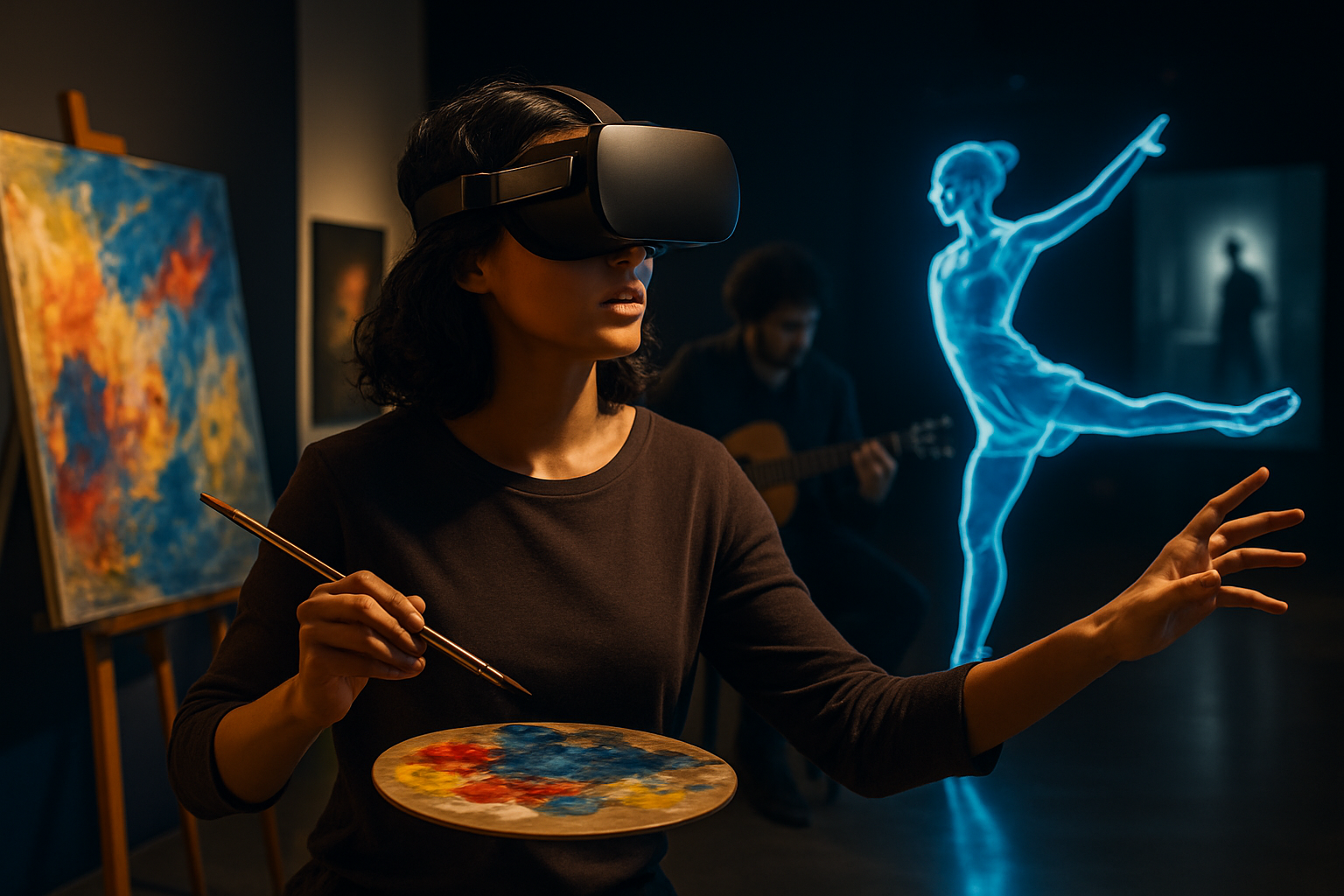Holographic Storytelling: The Next Frontier of Narrative Art
In the ever-evolving landscape of artistic expression, a groundbreaking medium is emerging that promises to revolutionize the way we experience stories. Holographic storytelling, a fusion of cutting-edge technology and narrative craftsmanship, is poised to redefine the boundaries between reality and fiction. This innovative art form harnesses the power of three-dimensional projections to create immersive, interactive narratives that engage audiences in ways previously confined to the realm of science fiction.

Crafting Stories in Three Dimensions
At the heart of holographic storytelling lies the ability to create fully realized, three-dimensional environments that viewers can explore and interact with. Unlike traditional film or theater, where the audience remains passive observers, holographic narratives invite participation. Characters and objects appear to occupy the same physical space as the viewers, blurring the line between spectator and participant.
The Technology Behind the Magic
The realization of holographic storytelling relies on a complex interplay of technologies. High-powered lasers, advanced optics, and sophisticated computer algorithms work in concert to project convincing three-dimensional images into space. These projections are not confined to a screen but appear to float in mid-air, visible from multiple angles and responsive to viewer movement.
Interactive Narratives and Audience Engagement
One of the most exciting aspects of holographic storytelling is its potential for interactivity. As viewers move through the holographic environment, the story can adapt and respond to their choices and actions. This level of engagement opens up new possibilities for non-linear narratives and personalized experiences, where each viewer’s journey through the story is unique.
The Artistic Implications of Holographic Narratives
For artists and storytellers, holographic technology represents a canvas of unprecedented possibilities. It allows for the creation of immersive worlds that were previously impossible to realize in physical space. From historical recreations to fantastical realms, holographic storytelling enables creators to transport audiences to places limited only by imagination.
Challenges and Ethical Considerations
As with any emerging technology, holographic storytelling faces its share of challenges. The high cost of equipment and the technical expertise required currently limit its accessibility. Additionally, the immersive nature of the medium raises ethical questions about the psychological impact of hyper-realistic virtual experiences and the potential for manipulation of perception.
The Future of Narrative Art
Despite these challenges, the potential of holographic storytelling is undeniable. As the technology becomes more refined and accessible, we can expect to see its influence extend beyond entertainment into fields such as education, therapy, and historical preservation. The ability to create shared, interactive experiences could revolutionize how we learn, heal, and connect with our past.
Pioneering Projects and Artists
Already, a vanguard of artists and technologists are pushing the boundaries of what’s possible with holographic narratives. From intimate, character-driven pieces that explore human relationships in new dimensions to grand, epic tales that unfold across entire cityscapes, these pioneers are laying the groundwork for a new artistic movement.
The Impact on Traditional Storytelling Mediums
As holographic storytelling gains traction, its influence is likely to be felt across the spectrum of narrative arts. Traditional mediums like film, theater, and literature may find themselves evolving to incorporate elements of interactivity and spatial storytelling, blending the boundaries between different forms of artistic expression.
A New Chapter in Human Creativity
Holographic storytelling stands at the threshold of a new era in narrative art. By combining the age-old human tradition of storytelling with cutting-edge technology, it offers a glimpse into the future of creative expression. As this medium continues to evolve, it promises to transform not just how we tell stories, but how we experience and interact with the world around us. The canvas of human imagination has expanded, and with it, the potential for storytelling that truly transcends the limits of reality.





